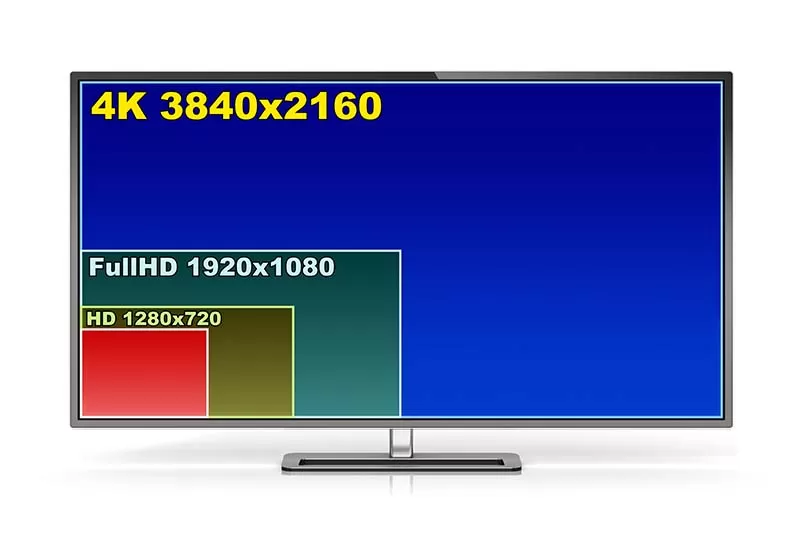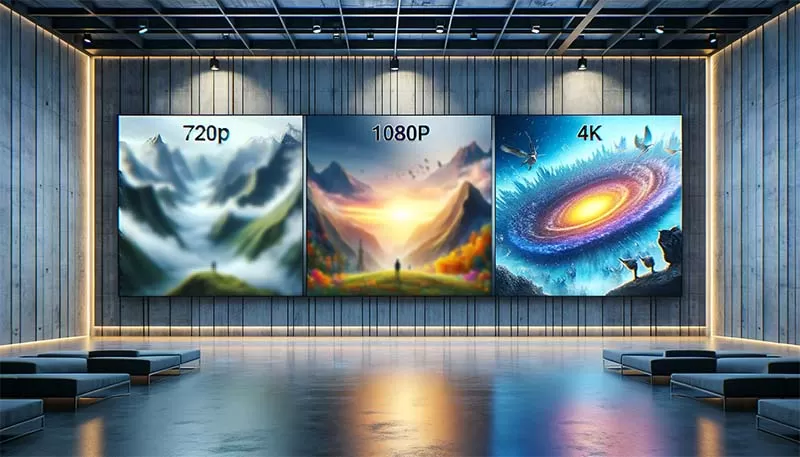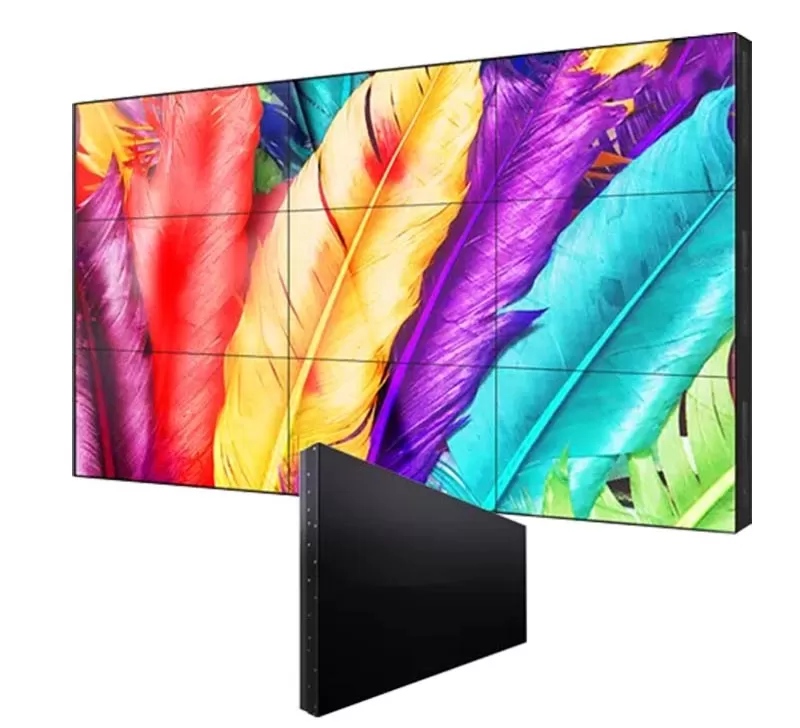With the advancement of modern technology, high-definition videos have become an indispensable part of our daily lives.

With the advancement of modern technology, high-definition videos have become an indispensable part of our daily lives.
However, do you understand the differences and significance of high-definition videos with different resolutions?
This article will discuss with you the concepts, characteristics, and application scenarios of 720p, 1080p, and 4K resolutions.
if u have some questions, just free to free to contract us, tell us about your project.

What is resolution?
Simply put, resolution is composed of pixels, which refers to how many pixels there are in 1 inch.
When the image size is the same, the higher the resolution, the more pixels, and the finer and more delicate the display effect.
For example, 1080P means there are 1920*1080 pixels in one inch, while 24 inches is 1920*1080*24
Is higher resolution better?
In a fixed size, the larger the resolution, the clearer it is, but if the sizes are different, this is not necessarily the case.
The resolution does not represent video quality, which is determined by many factors. The higher the resolution, the larger the video post-production space will be, but the higher the resolution, the higher the requirements will be placed on the equipment, so the appropriate resolution is the best.
What does P mean?
"P" means Progressive, which means progressive scanning. The number of P indicates how many rows of pixels there are vertically.
For example: 720P means there are 720 rows of pixels vertically, and 1080P means there are 1080 rows of pixels vertically.
As the resolution becomes larger and larger, we begin to use the "K" value to represent it. For example, 2160P started to be called 4K, but some people still call it 2160P.

720P
720p is the starting point for high-definition video, also known as "Standard HD".
It has a resolution of 1280x720 pixels, with 720 rows of pixels both horizontally and vertically.
720p provides relatively high image quality, making visual effects clearer and more detailed.
This resolution is suitable for small-screen devices such as smartphones, tablets, and videos recorded by some cameras. 720p has a relatively small file size and is suitable for streaming over the Internet.
1080P
1080p is currently the most common high-definition video resolution, also known as "Full HD".
It has a resolution of 1920x1080 pixels, with 1080 rows of pixels both horizontally and vertically. Compared to 720p, 1080p provides higher image quality and more realistic visual effects.
This makes 1080p suitable for viewing on larger screens such as TVs, computer monitors, and projectors.
At the same time, 1080p is also a common resolution used in many video games and movie productions, allowing users to obtain a more immersive viewing experience.
4K
4K is currently the highest consumer-grade high-definition video resolution, also known as "Ultra HD" (Ultra HD).
It has a resolution of 3840x2160 pixels, providing 2160 rows of pixels both horizontally and vertically. 4K resolution has extremely high pixel density, making images sharper, more detailed, and more realistic.
This resolution is suitable for large-screen equipment such as large televisions and cinemas, as well as in professional film and television production.
4K video can show more details, allowing viewers to experience a more realistic picture performance, while also providing greater flexibility for post-production.
What are the advantages and disadvantages of 720P, 1080P, and 4K?
720P
Advantage:
Lower data bandwidth requirements: suitable for environments with slow network speeds.
Smaller file size: saves storage space and is suitable for mobile devices.
Good compatibility: most devices support 720P playback.
Shortcoming:
Low definition: not suitable for viewing on a large screen, lack of detail expression.
1080P
Advantage:
Higher definition: Compared with 720P, it provides clearer images.
Widely used: It is currently the most commonly used high-definition standard.
Fits most modern monitors and TVs.
Shortcoming:
Data bandwidth and storage requirements are higher than 720P: faster network speeds and more storage space are required.
It may still feel unclear on very large screens.
4K
Advantage:
Extremely High Definition: Provides extremely fine image details.
Suitable for large screens: Best viewed on a large screen.
Future Compatibility: As technology evolves, 4K is becoming more and more popular.
Shortcoming:
High bandwidth requirements: Very fast network speeds are required to stream 4K video.
Large storage requirements: 4K video files are huge.
High equipment requirements: Not all devices can support 4K video playback.

LCD video wall is a large display composed of multiple LCD panels tiled together to form a single screen. These video walls are capable of displaying high-resolution images.
Final thought
As technology improves, high-definition video quality has improved significantly, allowing us to better appreciate and experience various media content.
720p, 1080p, and 4K resolutions all meet people's needs for visual effects to varying degrees.
Depending on the device and application scenario, we can choose the high-definition video resolution that suits us.



